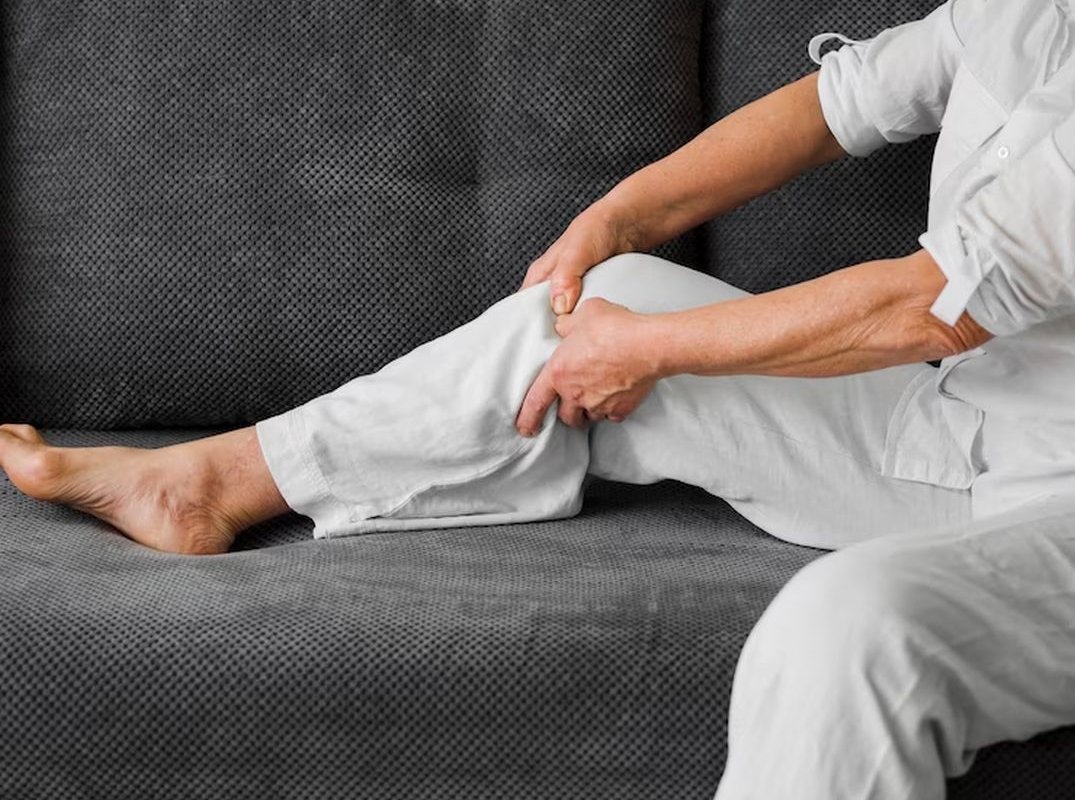
According to therapist Anastasia Stolnaya, if your legs hurt at night when you lie down, this may be a sign of atherosclerosis.
She emphasized that atherosclerosis, which often does not have obvious signs, serves as a trigger for the development of cardiovascular diseases. Symptoms may appear depending on which vessels are affected.
—Damage to the arteries of the heart may be accompanied by chest pain or “cardiac irregularities”; if the arteries of the lower extremities are affected, there may be pain in the legs, especially at night, when lying down,the doctor noted.
If the vessels of the brain are damaged, then memory loss, deterioration of attention, decreased performance, dizziness, and noise in the head may occur.
People over 40 years old need to take a blood test for a comprehensive lipid profile once a year. This will help assess the risk of developing atherosclerosis.
More information about atherosclerosis.
This is a chronic disease characterized by the accumulation of fatty deposits and the formation of plaque on the walls of the arteries. Symptoms:
1. One of the most common symptoms of atherosclerosis is angina, which manifests itself as pain or discomfort in the chest. This may be caused by narrowed heart arteries due to plaque, which cannot provide sufficient blood supply to the heart muscle.
2. Atherosclerosis can cause narrow or blocked blood flow in the arteries, making it difficult to breathe normally and causing shortness of breath, even at rest.
3. Impaired blood flow leads to a deterioration in general condition, a feeling of fatigue and weakness even with little physical activity.
4. Atherosclerosis can also affect the arteries of the lower extremities, causing leg pain when walking or physical activity.
5. In some cases, atherosclerosis can affect the arteries that supply blood to the eyes, leading to vision problems.
6. Atherosclerosis is often associated with high blood pressure.
Risk groups:
- Elderly age. The risk of atherosclerosis increases with age.
- Heredity. If you have close relatives (parents, brothers, sisters) diagnosed with atherosclerosis or cardiovascular disease, your risk also increases.
- Gender. Men generally have a higher risk of developing atherosclerosis compared to women. After menopause in women, the risk increases.
- Smoking. Smoking is one of the main risk factors for the development of atherosclerosis. Nicotine and other harmful substances in tobacco damage artery walls and contribute to the formation of plaque.
- High cholesterol. Elevated levels of “bad” cholesterol (LDL) in the blood can lead to the formation of fatty deposits and the development of atherosclerosis.
- High blood pressure. It can damage artery walls and contribute to the development of atherosclerosis.
- Diabetes mellitus. In people with diabetes, the risk of developing atherosclerosis is significantly increased.
- Excess weight and poor diet, especially rich in fats and cholesterol, can contribute to the development of atherosclerosis.
Read also: Urologist Smernitsky: irregular sex life negatively affects libido
More on the topic: Important for hypertensive patients: what is persistently high blood pressure
Important! Information is provided for reference purposes. Ask a specialist about contraindications and side effects and under no circumstances self-medicate. At the first signs of illness, consult a doctor.
